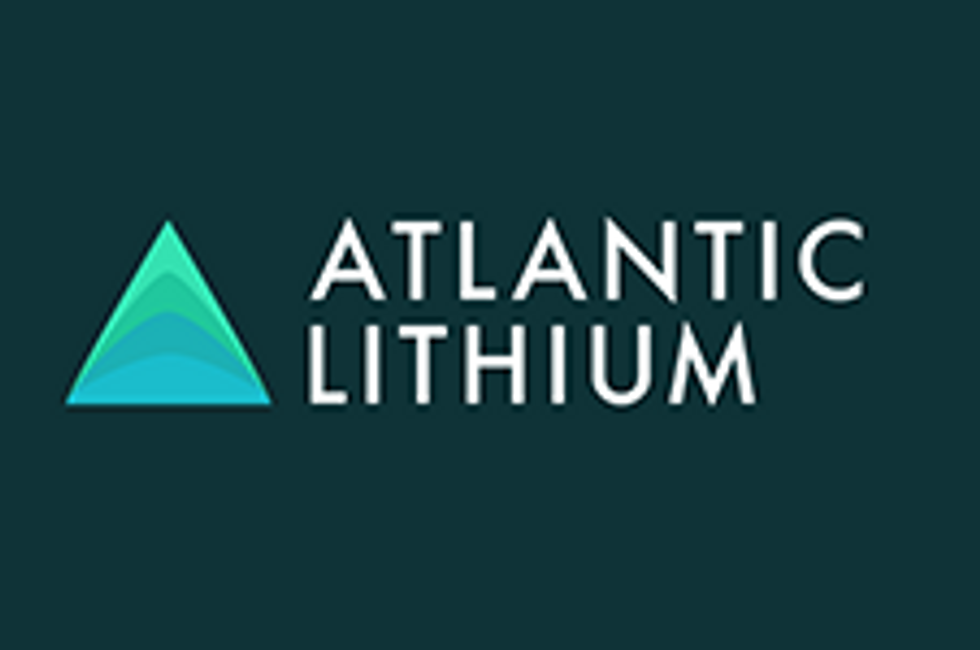Nemaska Lithium Feasibility Study Sees Higher Lithium Prices
Nemaska Lithium announced a positive feasibility study for its Whabouchi mine and concentrator, located in the lower James Bay region of Quebec.
Nemaska was able to compare the results of the feasibility study to a November 2012 preliminary economic assessment (PEA) and walk away with some encouraging numbers. By adding an underground mining component to Whabouchi’s mine plan, Nemaska has extended the expected life of the mine by nearly a decade compared to the PEA. The company is now looking at a 26-year expected mine life versus the PEA’s 18 years. Additionally, the company is now looking at C$6.9 billion in revenue with an average of $267 million in revenue per year.
The bulk of Whabouchi’s mine life will consist of open-pit mining, which takes into account proven and probable reserves of 20 million tonnes at 1.53-percent Li2O. For the remaining six years, the company expects production will be handled via underground mining, with proven and probable reserves of 7.3 million tonnes at 1.28-percent Li2O.
In terms of capital expenditures, Nemaska Lithium is looking at a total of $448 million in initial capital expenditures, with an added $52 million for contingency and $21 million in working capital. The project has a pre-tax net cash flow of $3.8 billion, or an average of $151 million per year, before the initial CAPEX; further, it has a relatively short 3.7-year timeframe for repaying capital costs. Nemaska has a base-case pre-tax net present value of $924 million with an 8-percent discount, as well as a pre-tax internal rate of return of 25.2 percent.
To gain further insight into the lithium market, Nemaska commissioned Chilean independent market analysis group SignumBOX to look at both the lithium hydroxide and lithium carbonate markets. The study shows that prices for both lithium hydroxide and lithium carbonate are set to increase by 2025. The study determined, however, that the market for lithium hydroxide is expected to tighten in the coming years as demand, particularly for batteries, will not be satisfied by available supply. With that in mind, CEO Guy Bourassa believes the company has made a sound decision to focus on the hydroxide market.
For the purpose of the study, the company used a lithium hydroxide price of US$8,000 per tonne FOB Valleyfield, which it anticipates will be 2017 pricing. Comparatively, for lithium carbonate prices, Nemaska has assumed a cost of $5,000 per tonne FOB Valleyfield. The company foresees its average cost per tonne of lithium hydroxide being $3,450 per tonne FOB Valleyfield, while for lithium carbonate, the average cost will be $4,190 per tonne FOB Valleyfield. Finally, the company sees its average cost for spodumene concentrate at $189 per tonne FOB Whabouchi mine.
Over the life of mine, Nemaska intends to produce 5.5 million tonnes of spodumene concentrate, which will be converted into roughly 728,000 tonnes of battery-grade lithium hydroxide and about 85,000 tonnes of battery-grade lithium carbonate. Overall, the company anticipates production of 213,000 tonnes of concentrate annually; that will produce 28,000 tonnes of lithium hydroxide and 3,250 tonnes of lithium carbonate.
“Our lithium hydroxide cost of $3,450/t (US $3,105/t) is competitive with any supplier of lithium hydroxide today and in the foreseeable future,” said Bourassa in a company statement, adding “[o]ur new flow sheet has been designed to optimize the production of lithium hydroxide, while also producing a high purity lithium carbonate (99.99%) as a by-product at an average cost of $4,190/t (US $3,771/t). Nemaska’s market penetration and growth strategy is to become an important supplier of lithium hydroxide by offering the highest quality product at competitive prices, while maintaining healthy margins. In tandem, Nemaska plans to grow its target market through converting lithium carbonate users to lithium hydroxide by offering a superior product.”
The company sees lithium hydroxide as the emerging chemical compound of choice when it comes to the growing lithium-ion battery market. That’s because of its ability to provide batteries with longer life cycles, better power densities and enhanced safety features. Per Bourassa’s comments in a company conference call Wednesday, with lithium hydroxide Nemaska Lithium is looking to change the standard of lithium-ion batteries.
Securities Disclosure: I, Vivien Diniz, hold no investment interest in any of the companies mentioned.
Editorial Disclosure: Nemaska Lithium is an advertising client of Lithium Investing News. This article was not written as part of their advertising campaign. This article is not paid-for content.






